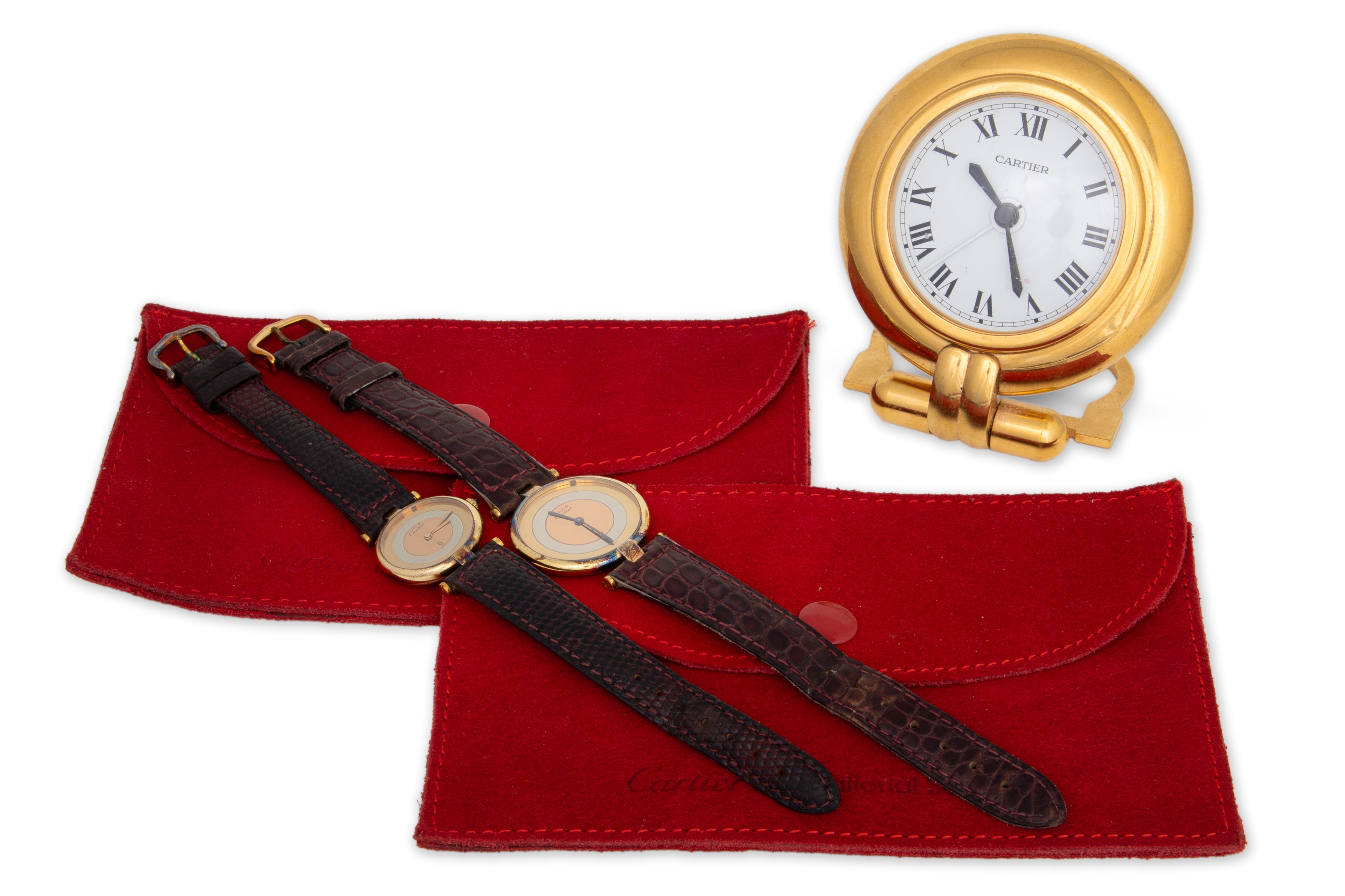Horology of Cartier
Within the world of horology, Cartier’s name is perhaps one of the most renowned
19/06/2025 Watches
Within the world of horology, Cartier’s name is perhaps one of the most renowned due to its innovative and stylish designs, which redefined the fashion of timekeeping in the 20th century.
The Maison Cartier was established in Paris by Louis-François Cartier in 1847, operating on a relatively small scale until a piece was bought by Princess Mathilde, which established the brand within high-ranking societal circles. Owing to this success, the Maison began to expand beyond Paris to the cities of New York and London. In the early 1900s, the Maison was taken over by Louis-François’ grandson, Louis Cartier, who began to establish the recognisable brand we know today. Cartier is perhaps most well-known for its distinctive watches and clocks, which at the time of their creation were (and still today!) seen as innovative and unusual.
In 1904, the first Cartier wristwatch was created for an aviator friend of the company, offering ease of accessibility and comfort while flying, at a time when pocket watches were the main fashion for men. A later collaboration with horologist Maurice Couët further developed this design, reinventing the typical timepiece into more than just a functional tool – it was now fashionable too! In the late 1910s, the celebrated tank watch was created, as well as clocks known as ‘mystery clocks’ due to their unusual mechanism and design. Functional, but elegant, travel clocks were also popular as they were designed to be small enough to fit in a suitcase or even a pocket while travelling. Lot 397 is a later version of these clocks, which began to be reimagined from the 1970s when the Must de Cartier collection was established.
The Must de Cartier collection was launched in 1973, when the brand began to be revived through the recreation of its most celebrated pieces, paying tribute to its origins under Louis Cartier. The most celebrated pieces from the Louis Cartier collection began to be reimagined in varying styles, including the Vendôme watch (lots 363 and 364). The watch was created as a tribute to the square of the same name in Paris, a renowned location for jewellers, horologists, and luxury brands. It is said that the two straps represent the streets adjacent to the Place de la Vendôme, the Rue de la Paix and Rue de Rivoli. The attachment of the leather straps by two horizontal bars was developed by Louis Cartier in the 1930s and was reimagined throughout the creation of the Must de Cartier collection. The Vendôme watch stands as a tribute to the origins of the brand, while remaining an elegant and stylish timepiece.
